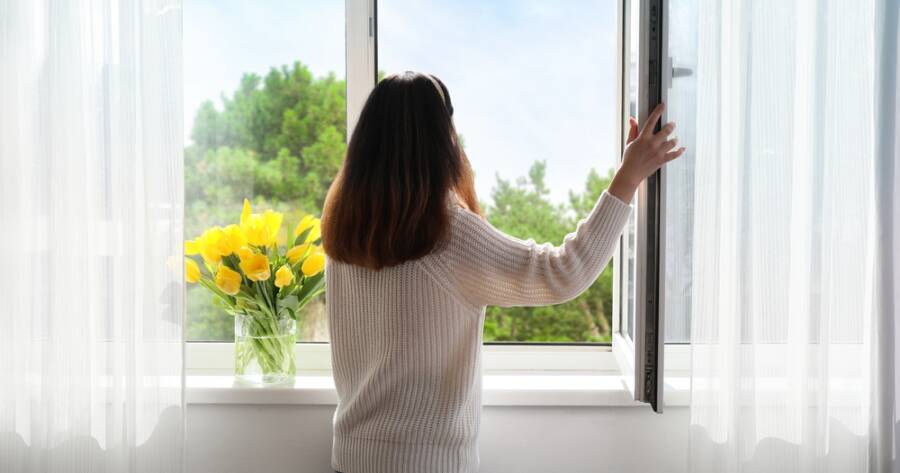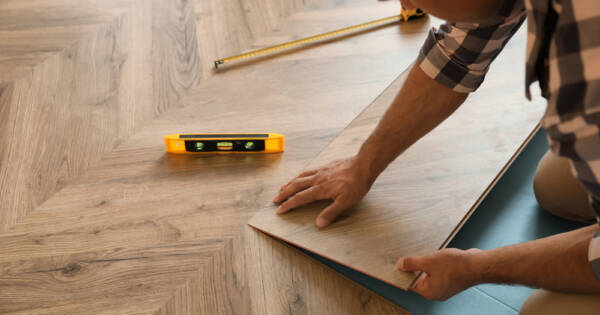Upgrading your windows can significantly enhance your home’s energy efficiency, aesthetics, and overall comfort. However, the cost of window replacement can be daunting. Fortunately, there are several ways to get the job done without draining your savings. By considering alternative materials, exploring financing options, and choosing the right time to buy, you can upgrade your windows and enjoy long-term benefits while staying within your budget.
Take Advantage of Government Programs
If you’re looking to upgrade your windows on a budget, government programs can offer significant financial relief. The Weatherization Assistance Program (WAP) provides help for low-income homeowners, offering solutions to make your home more energy-efficient. This can include window upgrades as part of the overall weatherization plan.
Additionally, loan programs like HUD’s Energy Efficient Mortgage and 203(k) mortgage insurance allow you to finance energy-efficient home improvements. These programs provide opportunities for homebuyers and homeowners to access funding for projects that can enhance comfort and lower utility costs.
Shop Around for Rebates and Tax Credits
Another cost-saving opportunity comes in the form of tax credits and rebates for installing energy-efficient windows. The federal government offers various tax credits for qualifying improvements, including energy-efficient windows, through the Energy Star program.
Additionally, many states and local utilities offer rebates for upgrading to energy-efficient windows. Before you make a purchase, be sure to check your eligibility for these financial incentives, as they can help offset the initial cost of the windows and installation.
Look for Affordable Window Options
Not all window replacements need to be high-end designer models to make an impact. Many affordable window options can still improve your home’s energy efficiency. Vinyl windows are often a cost-effective choice, offering good insulation and durability at a lower price than other materials like fiberglass or wood.
Additionally, consider shopping for windows during sales or off-season times when prices may be lower. Even minor upgrades like weatherstripping and caulking can improve the energy efficiency of your existing windows without a full replacement.
Consider DIY Installation or Financing Options
If you’re handy, you may be able to install your new windows yourself, saving on the costs of hiring a contractor. Many window companies offer DIY-friendly options with easy-to-follow instructions, and there are plenty of online resources to guide you through the installation process.
If professional installation is necessary, consider exploring financing options. Many window retailers and contractors offer payment plans or low-interest financing to help spread the cost of installation over time, making it more affordable in the long run.
How to Update Your Windows Without Full Replacement
If you’re not ready to replace your windows entirely, there are several cost-effective ways to update their performance. Adding caulk or weatherstripping around the edges of your windows can significantly reduce drafts and improve insulation. Make sure to remove old caulk to ensure the new layer sticks properly.
Another great option is applying window film, which helps retain energy, blocks UV rays, and adds extra privacy. Additionally, consider partial window replacements, such as swapping out screens or frames, which can offer improved efficiency without the full investment of new windows.
Make Your Home More Energy-Efficient Without the Extra Cost
Upgrading your windows doesn’t have to break the bank. With the help of government programs, tax credits, and strategic shopping, you can make your home more energy-efficient and comfortable at a price that fits your budget. Whether you take advantage of financial incentives, opt for affordable window options, or explore DIY installation, there are several ways to reduce your costs while still enjoying the benefits of new, energy-efficient windows. Start planning today to create a more efficient and cost-effective living space.





